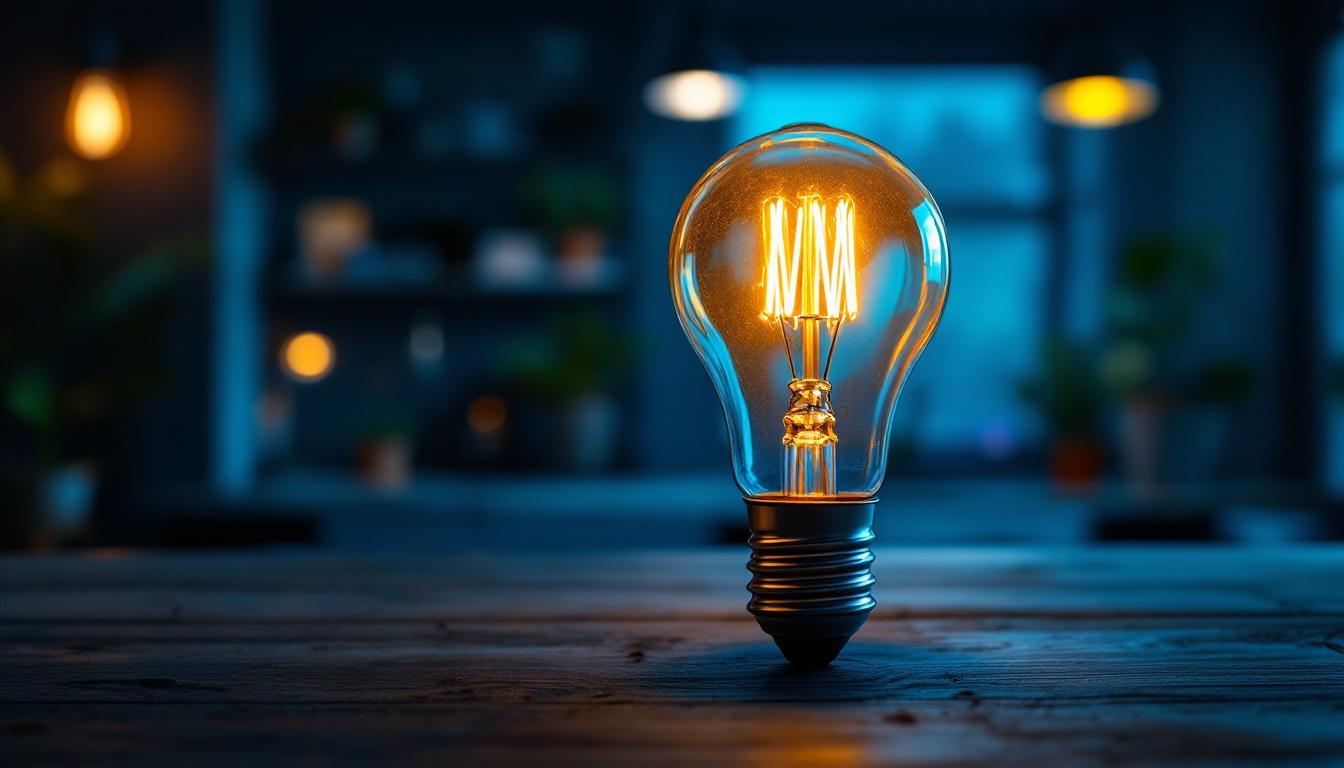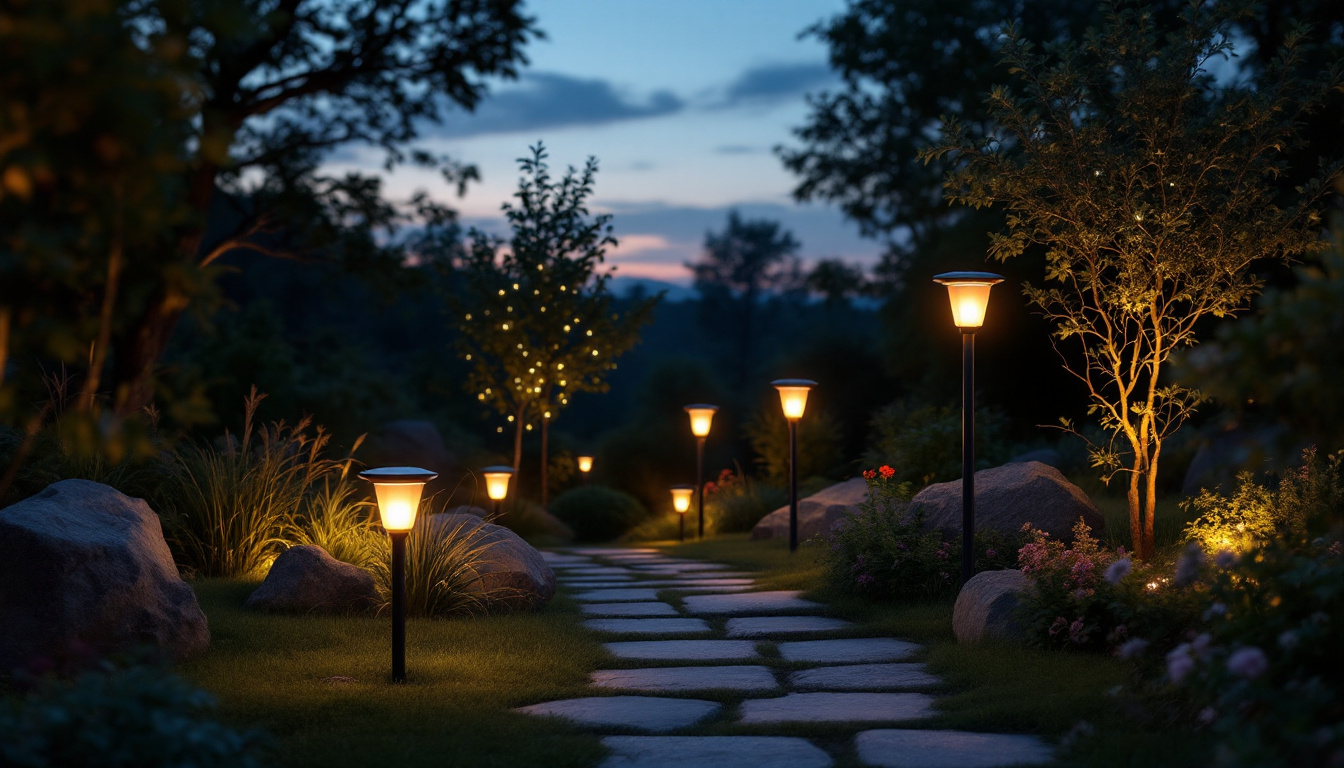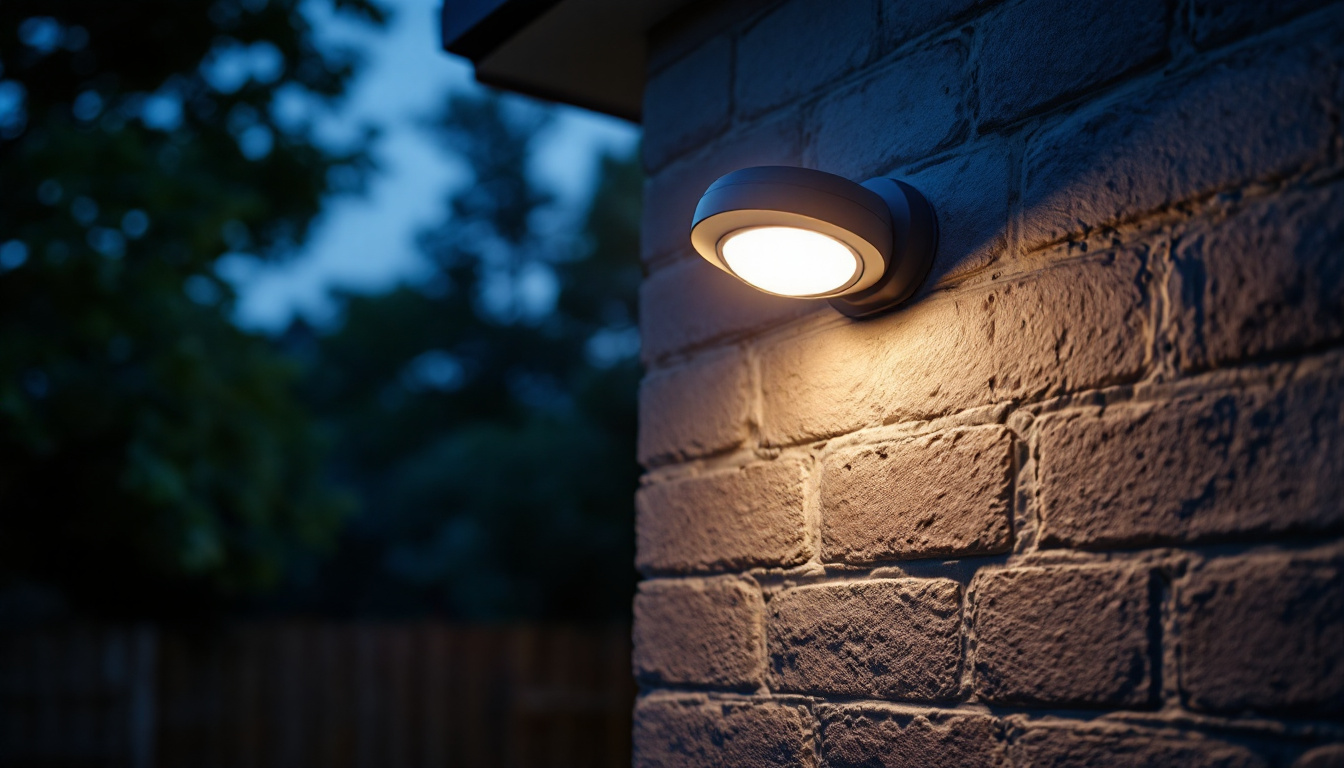
Lighting has been an essential part of human civilization, evolving from primitive sources like fire to modern electric lighting. The transition from candles and oil lamps to electric light bulbs marked a significant turning point in how people illuminate their homes and workplaces. Understanding this evolution is crucial for lighting contractors, as it provides context for the technologies they work with today.
In the early days, natural light was the primary source of illumination. As societies advanced, various methods were developed to extend productive hours beyond daylight. The introduction of gas lighting in the 19th century paved the way for the eventual rise of electric lighting, which revolutionized how spaces were lit and how people interacted with them. The shift to gas lighting not only allowed for brighter and more reliable illumination but also led to the establishment of street lighting, which dramatically improved urban safety and accessibility during nighttime hours, fostering a new sense of community and commerce.
The electric light bulb is often credited with transforming the landscape of lighting. While many inventors contributed to its development, it was the combination of various technologies that led to the creation of a practical and efficient bulb. This innovation not only improved visibility but also enhanced safety and convenience in everyday life. The first commercially successful incandescent bulb, developed by Thomas Edison in 1879, was a game-changer that made electric lighting accessible to the masses, allowing homes and businesses to operate well into the night.
For lighting contractors, understanding the history of the light bulb is essential. It allows them to appreciate the advancements in technology and the impact these changes have had on design and functionality. As new lighting solutions emerge, contractors must stay informed about historical trends to better serve their clients. Moreover, the evolution of lighting technology has also led to a greater emphasis on energy efficiency and sustainability. The introduction of compact fluorescent lamps (CFLs) and light-emitting diodes (LEDs) has not only reduced energy consumption but has also encouraged a shift in consumer preferences towards eco-friendly options. This transition reflects a growing awareness of environmental issues and the importance of responsible energy use, which is a key consideration for modern lighting contractors as they design and implement lighting systems that meet both aesthetic and ecological standards.
While the exact timeline may vary, the widespread adoption of light bulbs began to take hold in homes and businesses over time. Factors such as affordability, accessibility, and technological advancements played significant roles in this transition. As electric infrastructure expanded, more people gained access to reliable lighting solutions, leading to a cultural shift in how spaces were illuminated.
The proliferation of light bulbs also coincided with the rise of consumer culture. As homes became more electrified, the demand for stylish and functional lighting fixtures grew. This shift not only changed the way spaces were designed but also influenced the work of lighting contractors, who had to adapt to new styles and preferences. The introduction of various bulb types, from incandescent to fluorescent and eventually LED, provided consumers with a plethora of choices, allowing them to express their personal style while also considering energy efficiency.
The expansion of electrical grids was a crucial factor in making light bulbs common. As cities and towns developed their electrical infrastructure, homes and businesses were able to connect to the grid, allowing for the installation of light bulbs. This accessibility transformed the way people lived and worked, creating a demand for skilled professionals who could install and maintain these systems.
For lighting contractors, understanding the historical context of electrical infrastructure is vital. It informs their approach to modern installations and renovations, as many older buildings may require updates to accommodate contemporary lighting solutions. Knowledge of past practices can also help contractors anticipate potential challenges when working in older structures. Additionally, the evolution of lighting technology has led to a greater emphasis on sustainability, prompting contractors to consider eco-friendly options and energy-efficient designs that not only meet modern standards but also reduce the carbon footprint of their projects. As the industry continues to evolve, the integration of smart lighting systems is becoming increasingly prevalent, allowing for greater control and customization of lighting in both residential and commercial settings.
The introduction of light bulbs not only changed functionality but also influenced design and aesthetics in significant ways. As lighting became more versatile, designers and architects began to explore new ways to incorporate light into their projects. This led to the creation of various lighting styles, from chandeliers to recessed lighting, each serving a unique purpose. The interplay of light and shadow became a crucial element in architectural design, allowing spaces to be transformed in both subtle and dramatic ways. For instance, the use of pendant lights in dining areas not only illuminates the table but also creates an inviting atmosphere, enhancing the overall dining experience.
Lighting contractors play a critical role in this design evolution. They must stay updated on the latest trends and technologies to provide clients with innovative solutions that meet their aesthetic and functional needs. Understanding the historical context of lighting design can help contractors make informed recommendations that align with their clients’ visions. Moreover, the rise of smart lighting systems has opened new avenues for customization, enabling users to control the ambiance of their spaces with just a touch of a button or even voice commands. This integration of technology into design has made lighting an essential component of modern interior aesthetics, where functionality seamlessly blends with artistic expression.
As society has become more aware of environmental issues, the demand for energy-efficient lighting solutions has grown. The transition from incandescent bulbs to compact fluorescent lamps (CFLs) and light-emitting diodes (LEDs) reflects a broader movement toward sustainability. These technologies not only reduce energy consumption but also offer longer lifespans, making them more cost-effective in the long run. Additionally, the shift towards energy-efficient lighting has spurred innovation in design, with manufacturers creating sleek, modern fixtures that complement contemporary interiors while minimizing environmental impact.
For lighting contractors, embracing energy-efficient solutions is essential. Clients are increasingly seeking sustainable options, and contractors who can provide expertise in this area will be better positioned to meet their needs. Staying informed about advancements in energy-efficient lighting technologies can enhance a contractor’s credibility and attract environmentally conscious clients. Furthermore, the implementation of energy-efficient lighting can contribute to LEED certification for buildings, a significant selling point for clients looking to enhance their property’s value and appeal. As the industry continues to evolve, the integration of renewable energy sources, such as solar-powered lighting, is becoming more prevalent, offering even more sustainable options for both residential and commercial spaces.
The lighting industry is continually evolving, with new technologies and trends emerging regularly. For lighting contractors, staying informed is not just beneficial; it is essential for success. Understanding the historical context of lighting, as well as current advancements, allows contractors to provide informed recommendations and solutions to their clients.
Moreover, being knowledgeable about the evolution of lighting technology can help contractors anticipate future trends. As society continues to prioritize sustainability and energy efficiency, contractors who are proactive in adopting these principles will be better equipped to thrive in a competitive market. For instance, the rise of smart lighting systems, which integrate IoT technology, is reshaping how spaces are illuminated and controlled. Contractors who understand these innovations can offer tailored solutions that not only meet client needs but also align with modern environmental standards.
Engaging with peers and industry professionals is another crucial aspect of staying informed. Networking opportunities, such as trade shows, conferences, and workshops, provide valuable insights into emerging trends and technologies. Lighting contractors can benefit from sharing experiences and learning from others in the field, helping them stay ahead of the curve. These events often feature keynote speakers who are leaders in the industry, offering perspectives that can inspire new approaches to lighting design and implementation.
Professional development is equally important. Many organizations offer certification programs and training courses that cover the latest advancements in lighting technology. By investing in education, contractors can enhance their skill sets and increase their marketability, ultimately benefiting their businesses. Furthermore, staying current with industry standards and regulations through continuous education ensures that contractors can navigate the complexities of compliance, thereby building trust with clients who prioritize safety and quality in their projects. This commitment to learning not only enhances individual expertise but also fosters a culture of innovation within the contracting business, encouraging teams to explore creative solutions that set them apart in a crowded marketplace.
The journey of lighting technology from its humble beginnings to the sophisticated solutions available today is a testament to human innovation. For lighting contractors, understanding this evolution is crucial for navigating the complexities of the industry. As light bulbs became common, they not only changed the way spaces are illuminated but also influenced design, functionality, and sustainability.
As the industry continues to evolve, contractors must remain vigilant and adaptable. By staying informed about historical trends, current technologies, and future developments, they can provide exceptional service to their clients and thrive in a dynamic market. The future of lighting holds exciting possibilities, and those who embrace change will undoubtedly lead the way.
As you embrace the future of lighting and its dynamic possibilities, choose LumenWholesale for your lighting needs. We provide lighting contractors with an exceptional range of top-quality, spec-grade lighting products at wholesale prices that defy the market. Our commitment to cutting out the middleman means you get the best value without the inflated markups, ensuring every project shines with reliability and high performance. With free shipping on bulk orders, LumenWholesale is your go-to source for premium lighting solutions that combine quality, affordability, and convenience. Elevate your lighting game and explore our collection for Wholesale Lighting at the Best Value today.

Discover the benefits of solar LED lights for outdoor spaces and learn how to enhance your lighting solutions with sustainable, cost-effective, and eco-friendly options.

Discover essential tips and common pitfalls for lighting contractors in our comprehensive guide to outdoor security lighting.

Discover the essentials of LED magnetic strip retrofit kits and why they’re a game-changer for lighting contractors.

Discover the vital insights every lighting contractor needs to know about electric covers.